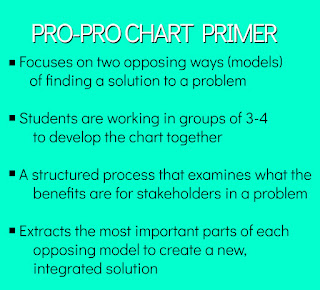Responsible Use of Technology in Classrooms
In March, staff learning at our school looks a little different. Rather than having one full school staff meeting, various teachers offer up afternoon drop in sessions for learning. Each week there are different options for teachers to choose from, with the expectation that every teacher attends one session. We call it “March Madness”.
Well, we are in the business of education, right? Let’s put it to good use! How are some ways that we can actually teach students responsible use of technology? First and foremost, building a community within the classroom where trust and respect of each other is a central pillar is key. Then conversations about when cell phones are appropriate or not come from a place of mutual trust and respect. But just what are those moments, and when is it appropriate to use technology? There are many times in the learning process where the full use of technology will benefit learning, others when access to some technology is beneficial, and indeed others when it is only a distraction from learning. Troy Tennant, a Halton science teacher devised a clear and visual cue in the form of signs that are placed at the front of the class for his students to help coach them to understand the difference between those moments in class. What he found was that the signs are useful as classroom norms are being ironed out, and that once the norms have been established, students learn the appropriate time for when to use technology and the signs are no longer needed as much to cue students to regulate. Troy found that setting these clear boundaries helped students self-regulate to turn off the chatter of the social media world. Cindy Cosentino, Halton teacher and Instructional Program Lead for Science took his concept and adapted it with a simple visual cue. Ultimately, these are teaching tools that help guide students to understand how to navigate classroom norms around technology use in class.
Should there be universal norms for all classes? While we can definitely agree that there are general expectations of good conduct that would be common between all classes (and all areas of society for that matter), the responsible use of technology in a math class will look very different than an art class or a tech class, which is why a universal can’t work.
The other piece of the puzzle, one that is clearly evolving across the spectrum of education in our board is how we actually use technology in a classroom. Tech for Tech sake is hollow. Using technology to do stale lessons is new, but is not innovative. As educators start to explore and learn how to better use these tools for critical thinking and engagement, the arguments for whether or not to include devices in classrooms will hold a lot less water. As we learn to empower students to use technology to drive their own learning, students can start to harness these tools to learn in ways that are native to them. We can’t ask students to make decisions for themselves and tell them what decision they should make in the same breath. So asking students to be responsible with their technology use and then telling them when they can and can’t use technology isn’t the place we want to get to. It might be the place to start, but eventually, we have to trust our students to make their own decisions.
Technology in our hands is now ubiquitous and only going to get more so. Let’s get better at using these tools ourselves and teaching our students to do the same. Do you agree or disagree? What are the norms for Responsible Use of Technology in your class?
Hey, did you know you can follow us now? Check out the sidebar on the right, and enter your email to subscribe to the “Shift List”. You will then get an email notification when new content is published. So do it! Join the Shift List!


Comments
Post a Comment